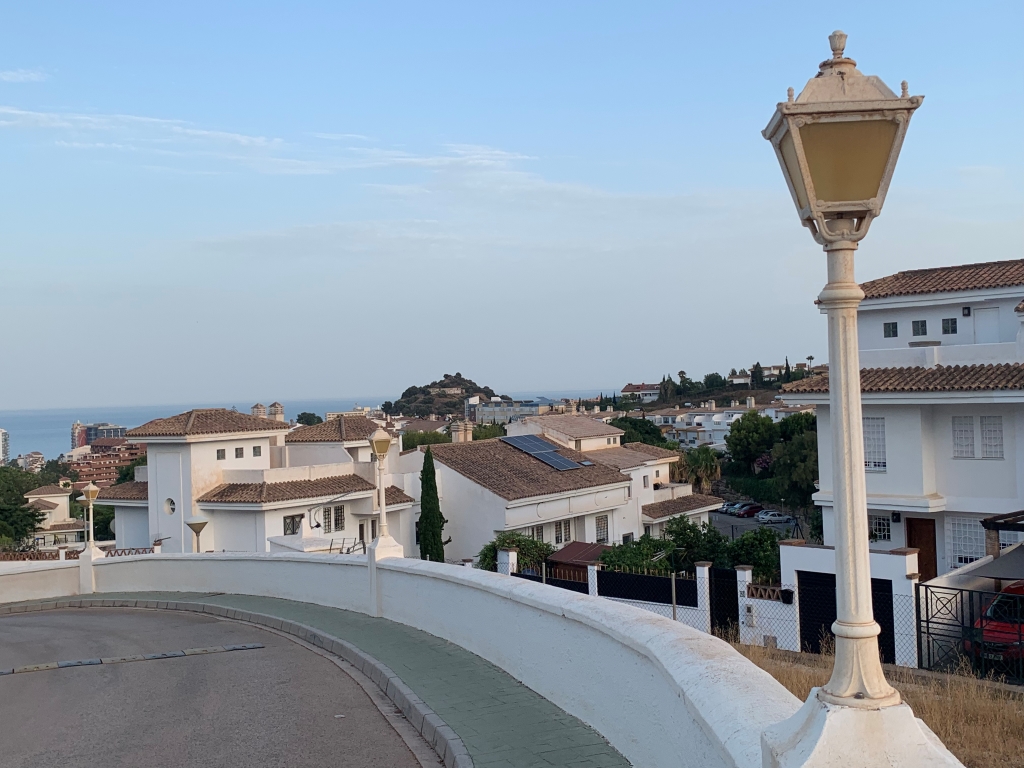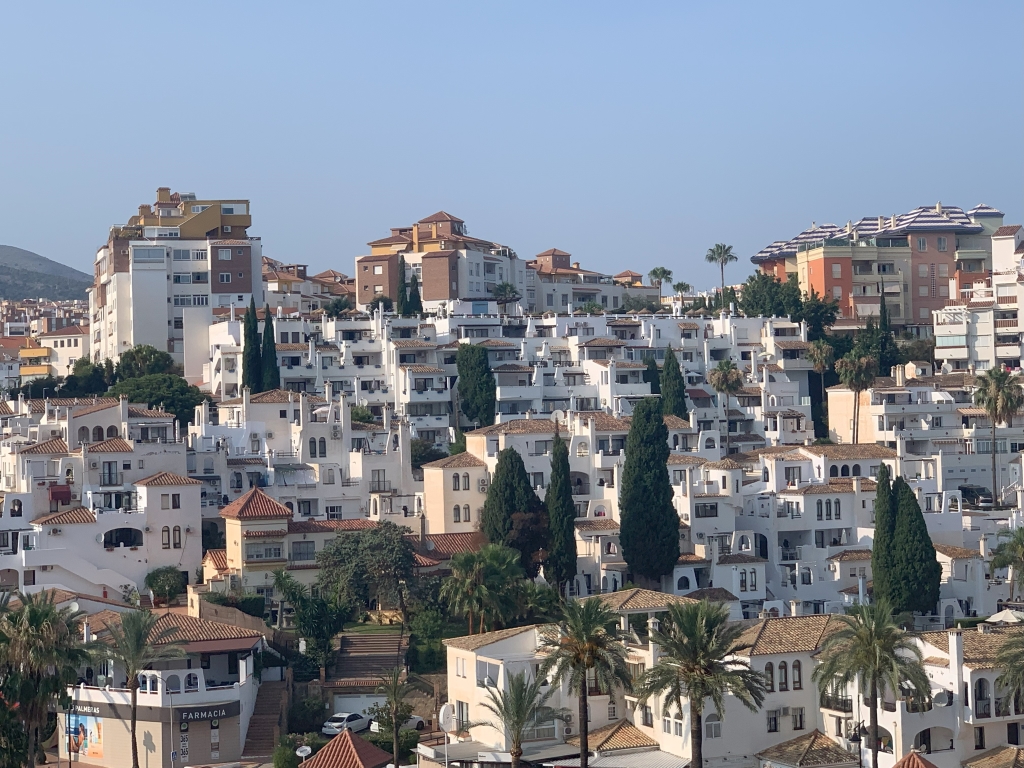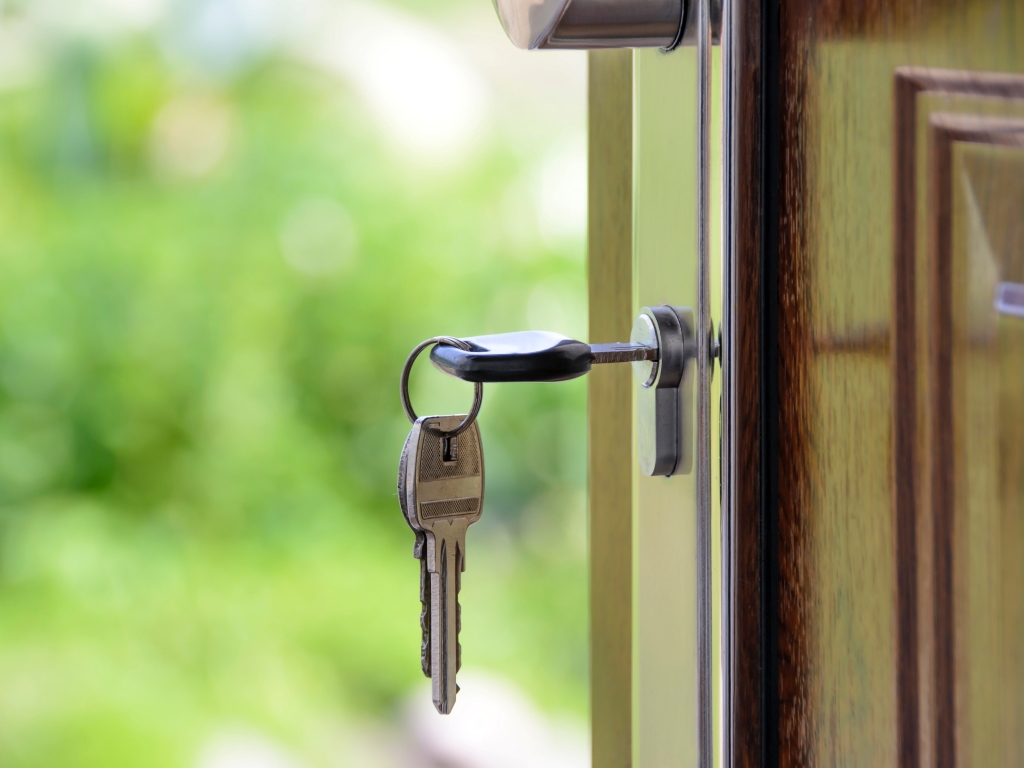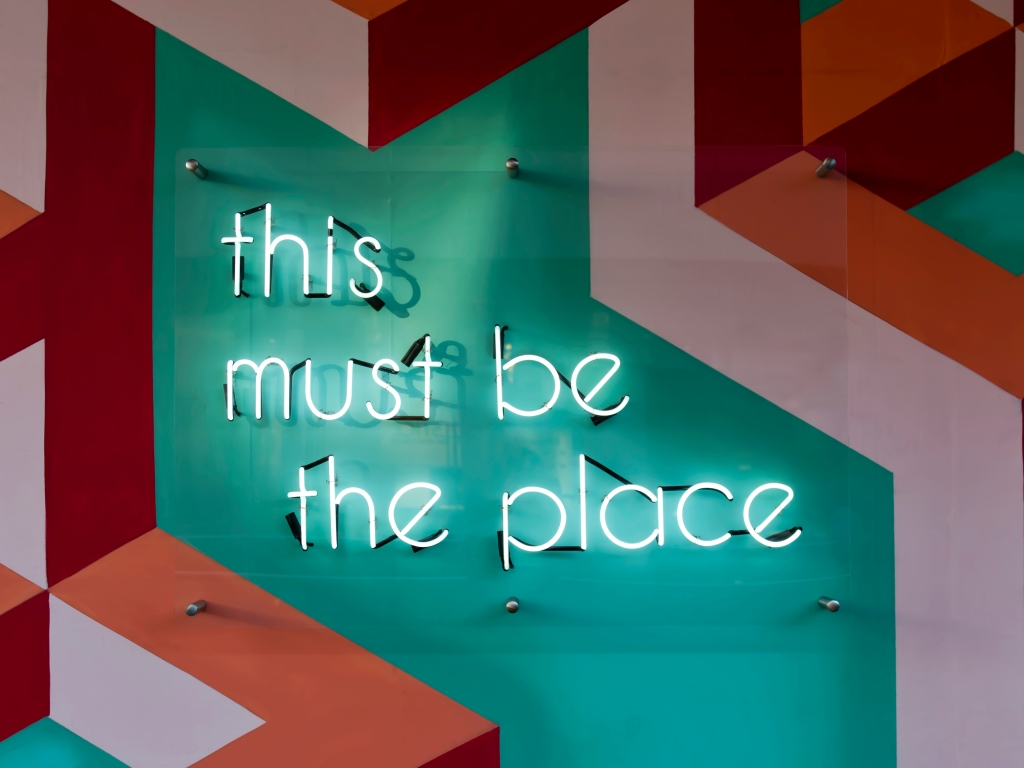March 18, 2023
Obtaining the Spanish healthcare certificate is not difficult, as long as you can provide the required documentation, which is the NIE, Padrón and the Documento acreditativo del derecho a assistencia sanitaria publica (literally: Document that states the right to public healthcare). We will see below how to obtain this paper. If you have kids, you will also need their birth certificate translated to Spanish, the same document you needed for their Padrón, in order to get their healthcare certificate. But there are some specifics about where the healthcare certificate can be obtained.
In our case, our former gestor oriented us to simply go to any healthcare center with our NIEs, and they would do the rest. That was just plainly wrong. We went and came back empty handed. To understand how it is really done, it helps to understand a bit about the healthcare system in Spain.
Table of Contents
The Spanish healthcare system
The Spanish healthcare system is known to be among the best in the world, and I can tell you, from my experience here, that it is really good. The system is divided in private hospitals, public hospitals and healthcare centers. The healthcare centers are small, community-oriented institutions that provide care for the registered residents of an specific area, while hospitals receive people from anywhere.
The healthcare centers are the institutions that make the healthcare certificates (much to my surprise, actually; I didn’t expect that the healthcare center themselves, a mini-hospital kind of place, would be issuing a document – I thought maybe the social security people would deal with it, but no, you do go to a healthcare center for that).
Once you have your full documentation (meaning: NIE, Padrón and documento acreditativo), find the nearest healthcare center to your home (you can use google maps to find it; in Spanish: centro de salud) and go there. You will probably need to take a number and wait for your turn at the reception.
Once your number is called, say that you just moved and would like to make your healthcare certificate. They will check your address on your padrón and verify if this is the health center that covers your address. If it is, they will check the rest of your documentation and give you a paper that is a temporary document, valid while you wait for your card to arrive at the address stated in you Padrón. If this is not the health center that covers your area, they will inform you about the right one.
We have a health center that is walking distance from our home but, surprisingly, that is not the place that covers our address. The right one for us is a good 10 minutes away by car. Despite of that, we are satisfied with our healthcare center, which is way less crowded than the one nearby…
Once you are registered in a healthcare center, they will become your main healthcare provider. Every time you book a consultation will be at this specific center where you are registered, and the doctors you see frequently get to know you well. Kiddo was assigned a (super nice) pediatrician and when we need to go see her, he goes fearlessly. In the end he gets a sticker that says something like “I’m very brave” or so, and goes away proud. The healthcare centers (as far as I know) don’t accept emergency patients. To be seen there you really need to book ahead. If you have an emergency, you should go straight to a hospital.
The public hospitals require the same certificate or card as the health centers. If you want to be seen in one before you have this document, the consultation will be paid. My mother-in-law, which leaves in Estonia, needed a quick check in the hospital while visiting us in Spain and, because she didn’t bring her EU healthcare card, she needed to pay about 144 euros (march 2023) for a consultation. She can get it refunded by the Estonian government, but with that card the payment wouldn’t be needed.
With either the EU card (for those that don’t live in Spain) or the Spanish one the consultations in both public hospitals and health centers are completely free and the medication prescribed by the doctors are subsidized by the Spanish government – I never paid more than two euros at the drugstore, even when Kiddo needed antibiotics.
The downside of the public hospitals is the waiting time. It takes about two hours to be seen at the emergency care, every time. I suppose that is the difference between the public and private hospitals – you are seen straightaway in the private one, but at a cost, of course. The doctors are probably the same people in both types of institutions, and the equipment in the public hospitals are of good quality (as far as I’ve heard; up to now, I never needed more than a consultation).
How to obtain the Documento acreditativo del derecho a assistencia sanitaria publica
In order to have right to use the free public healthcare, one needs to be either a tax paying resident or a dependent of one. Autonomos have right to free public healthcare because they pay their own contributions; employees also have the right because their employer pays the contributions for them. People that come to live in Spain with a NLV (non-lucrative Visa) need to prove they have private healthcare precisely because, given that they can’t work in Spain, they won’t be covered by free public healthcare.
Those who qualify for free public healthcare should obtain the document that states that they have this right – the Documento acreditativo del derecho a assistencia sanitaria publica – either with the help of a gestor or directly through the website of the social security of Spain, shown below:
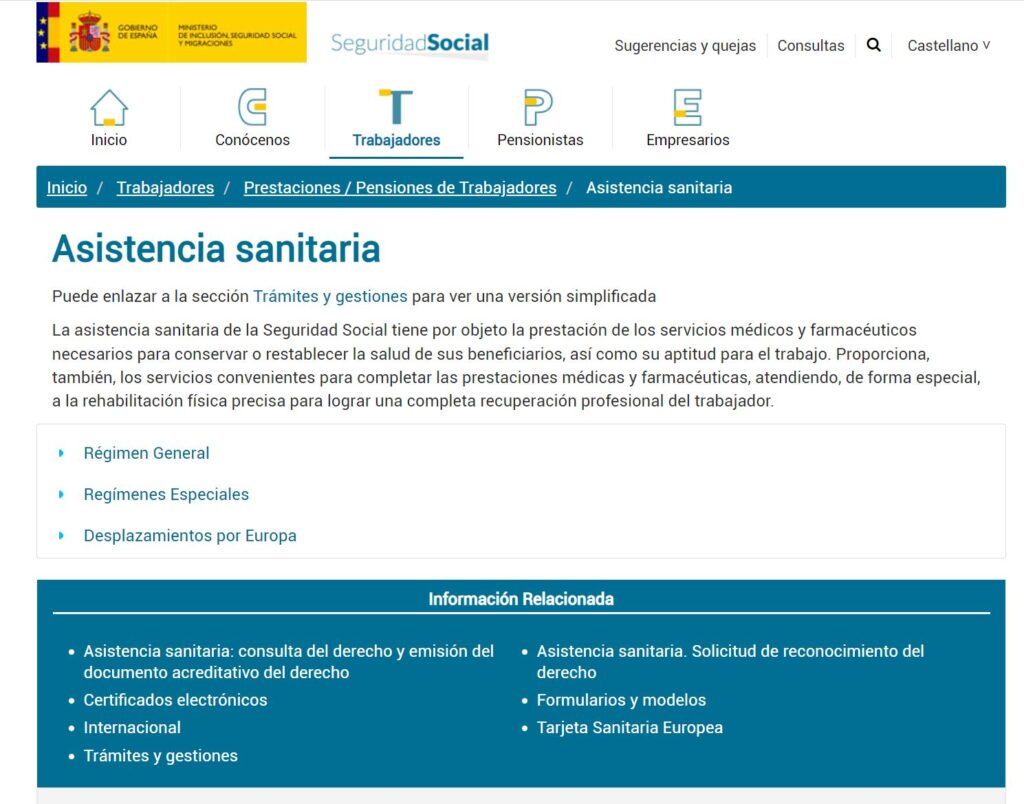
In the blue box you can see both Asistencia sanitaria: consulta del derecho y emission del documento acreditativo del derecho (Social assistance: consultation of the right and emission of the document that states the right) and Asistencia sanitaria: solicitud de reconocimiento del derecho (Social assistance: request of right recognition).
I believe one of these should give you the document. I can’t really tell you because the website simply could not accept my identification or certificate even though it was made by the social security themselves… My current gestor, though, got these documents for me and my family in the blink of an eye. It turns out I was spelling my address slightly different than what they had recorded.
How to book an appointment with a doctor
So you have your NIE, padrón and document acreditativo del derecho a asistencia sanitaria publica; you have found your local centro de salud and gone there with your documentation; they have given you the temporary document and maybe you have even already received your permanent card. Great! With either the temporary paper or the definitive card you can already book a doctor’s appointment. But how?
In Andalucía, the first thing to do is to… download an app!!! It is called Salud Responde, a cute little app where, after filling in your data, you’ll be able to request appointments in person or through the phone.
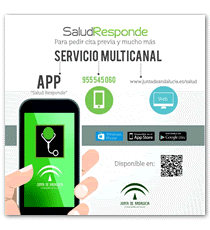
If you are going to the emergency, though, you don’t need either the app or any appointment. Just go straight to the hospital of your city – not to the local healthcare center where you have your appointments; healthcare centers usually do not deal with emergency care, only appointments. The hospital workers will request your healthcare card, and once this is done, you will be waiting (forever) to be called in.
Tarjeta Sanitaria Europea
In the same website of the social security used to get the documento acreditativo del derecho a asistencia sanitaria publica there is a link mentioning the Tarjeta Sanitaria Europea (European sanitary card). This is a health care card that works in all of the EU zone. It is well worth making one if you intend to travel around the Eurozone. Once again, even though the website says it is possible to request it on-line, I had the same identification problem as before and didn’t get mine right away. But now I have it!
Next: Spanish nationality by residence

